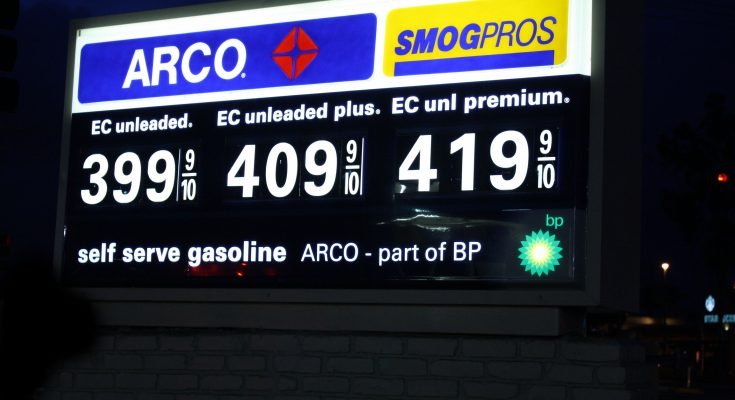With an unstable global economy and political tensions, gas prices have fluctuated and are currently increasing to an all-time high. By the last week of January 2012, the Energy Department announced that gas prices had gone up almost three cents and will continue to climb, setting the prices of this past January at a record high.
Experts keeping watch say that the prices will increase by spring and maybe summer, drawing comparisons to states like Texas, where prices have gone up to almost $4. Regardless if the price for crude oil is declining, gas prices will continue to go up and will be 60 cents more by May, according to the Oil Price Information Service.
“I have to put ten gallons in my car per week to travel to school every day,” freshman commuter Trina Gutel said.
The hike in prices is affecting frequent travelers like Gutel since it is causing many to rethink how they commute and how to shuffle around their finances to pay for this necessity. Katie Sessler, another freshman commuter, pays up to $50 every time she fills up.
Gas prices will remain high as there is continued unrest in the Middle East. This creates further pressure on the U.S. economy and gas prices. Economists note that one barrel of oil is selling for about $110 because there is still much uncertainty in international marketplaces. Part of the increase is also due to refineries in the Middle East not producing much fuel.
Adding to the conflict is the European Union, which imposed an oil embargo against Iran to pressure the Iranian government to rethink its nuclear program. Instead of creating a solution, the oil embargo served as a backlash since officials in Iran threatened to close the Strait of Hormuz, which is where one-fifth of the world’s crude oil is transported. As for now, the strait will remain open.
The California State Board of Equalization has reported that because of the high price of gas, many Californians have limited their consumption, which is down 1.8 percent from prior years. However, diesel consumption has increased about 4.8 percent.
Since there is no clear end in sight, drivers must wise up and find ways to minimize their expenses at the pump.

 Working Out for Free in the OC
Working Out for Free in the OC Barbie Has Evolved
Barbie Has Evolved A closer look at the reality of mental health
A closer look at the reality of mental health Volume XIII Exclusive: Zach Allmon
Volume XIII Exclusive: Zach Allmon
Leave a Reply